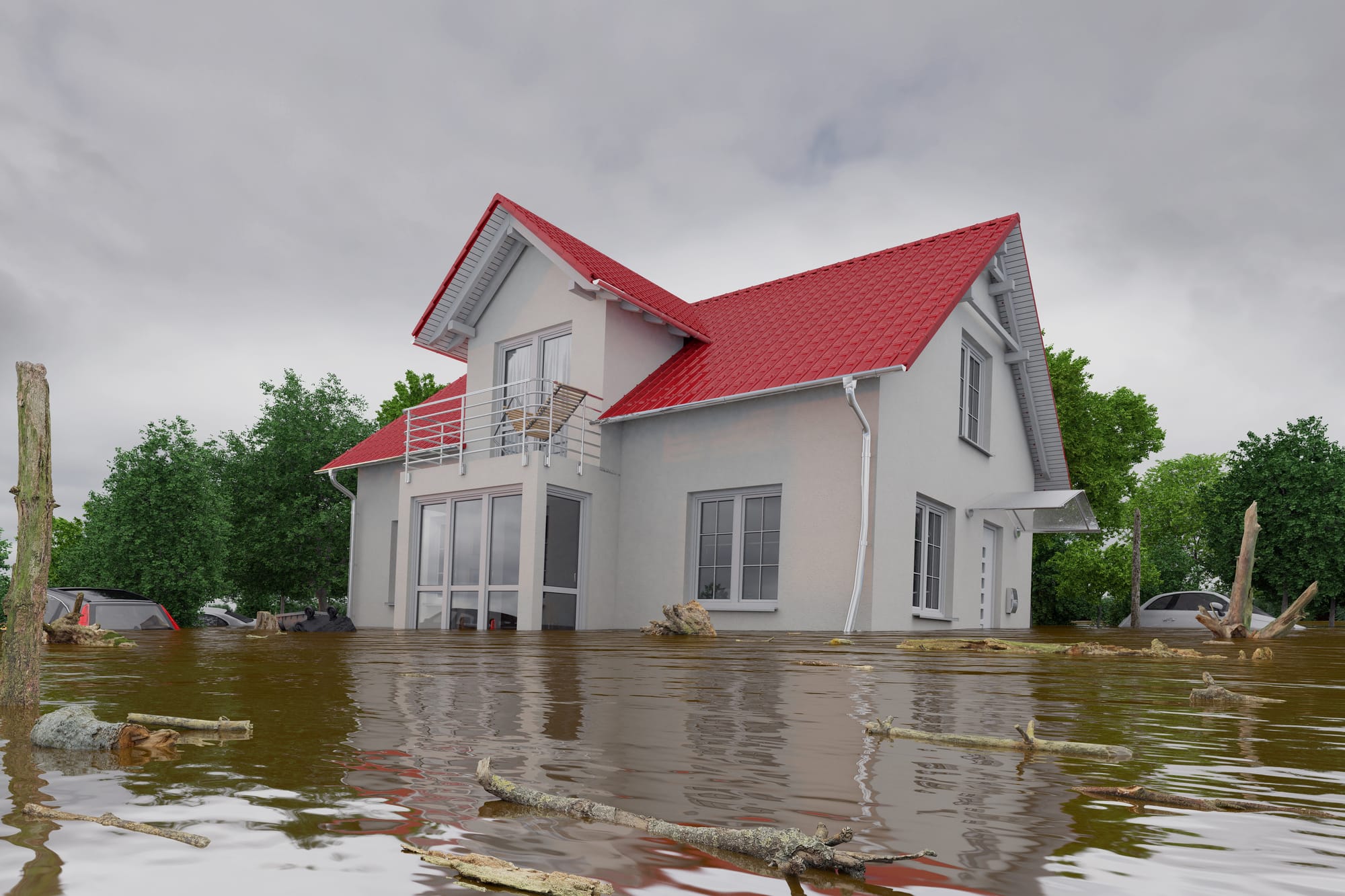Floods are the most common, but also deadliest natural disasters in the US, and having to face a situation so catastrophic can be heartbreaking, to say the least. All 50 American states are at risk of flash floods and flooding, but surprisingly enough, only one in ten homes have flood insurance.
Trying to figure out how flood insurance claims work at such a time can add to the frustration. In this guide, we’ll simplify things for you and help you understand how flood insurance claims work and what’s covered.
What Does Flood Insurance Cover?
Flood insurance policies fall under catastrophe insurance, but they are quite different from regular hazard insurance. Flood insurance is usually sold separately because it has to follow federal regulations. A majority of flood insurance policies go through the National Flood Insurance Program, even when they are listed by private insurance companies such as BetterFlood.com.
The NFIP covers the following:
- The property and its foundation
- Plumbing and electrical systems
- HVAC equipment like water heaters and AC
- Kitchen appliances like dishwashers, refrigerators, and cookers
- Window blinds
- Permanent carpeting over unfinished floors
- Permanent paneling, cabinets, and wallboards
- Debris removal
If flood insurance covers personal property, then you’ll get compensation for most of your personal property such as clothes and furniture. If your home has a basement, crawlspace, or any room below ground level, the coverage may be limited.
How to File for Flood Insurance Claims
Determining the losses is the first thing you should do, after which you should contact your insurance agent to file a claim. You can ask for an advance payment to get things going and start recovering. You must document everything using video and images before you start cleaning up.
More than anything else, your documents should show the water level and structural damage of the flooded building, followed by damages to the appliances, and all other items. Try to show the model and serial numbers of your appliances and retain samples or carpets, drapes, wallpapers, and other similar items for the adjuster’s inspection before discarding.
As a policyholder, it’s upon you to minimize the chances of mold growth as much as possible. After you document everything, throw away everything that could pose a health risk. Filing for FEMA disaster assistance could get you additional assistance, such as temporary housing.
From here on, you’ll work with your insurance adjuster to determine how much you should get for the claim. After this, you can repair your home and get in touch with remediation, cleaning, and maintenance professionals.
How Flood Insurance Claims Work
This is the process to go through when filing flood insurance claims. It can be a tough process, but things always get better.
If you’ve yet to get a flood insurance policy, getting help during a crisis can be tough, because regular homeowners insurance doesn’t cover floods. It’s advisable to get one since all states are at risk for floods.
If you’d like more insightful posts, keep exploring our site.







